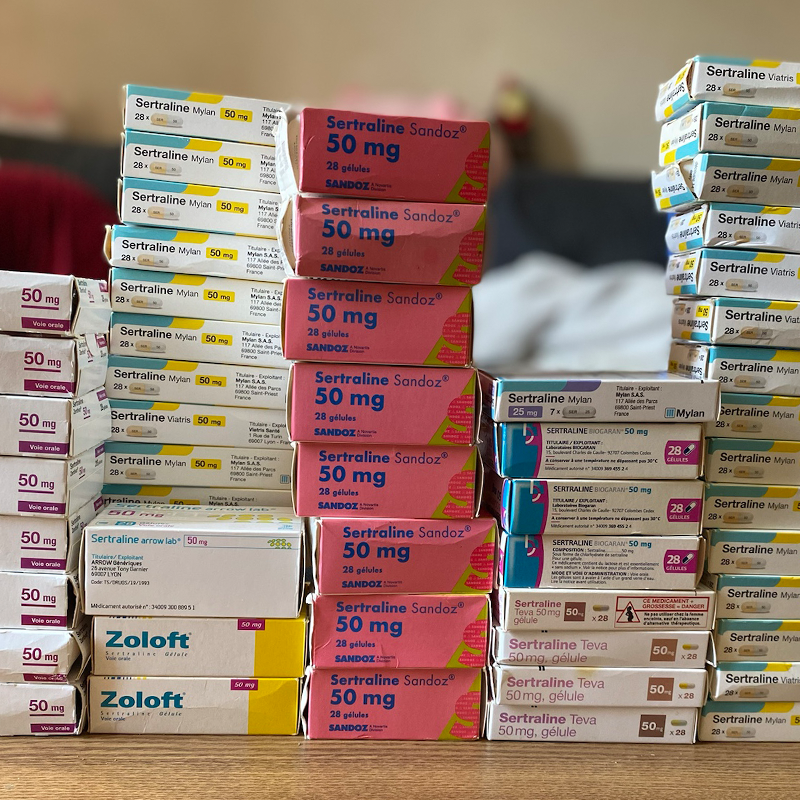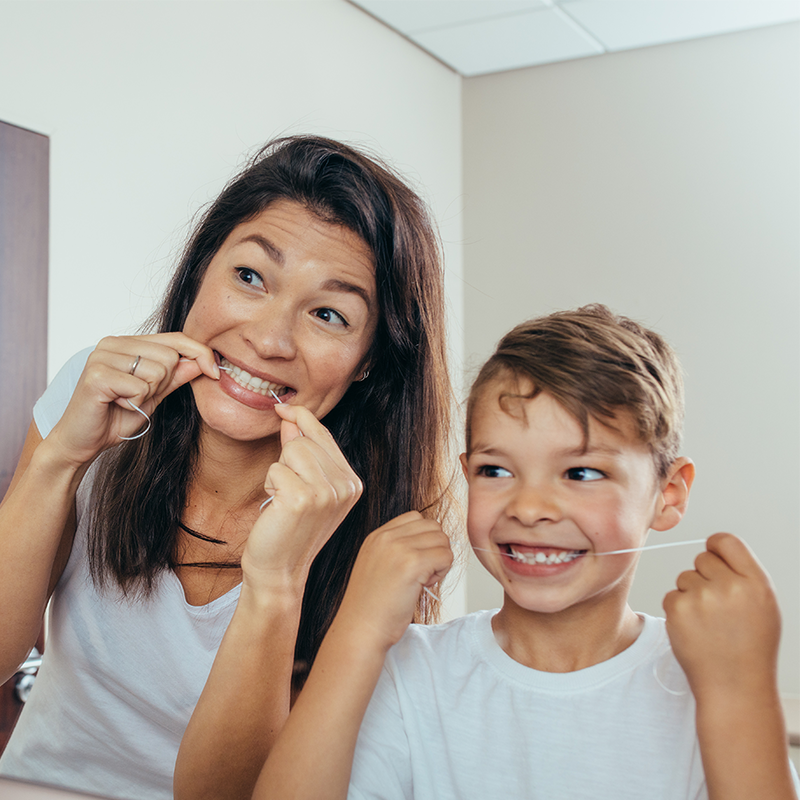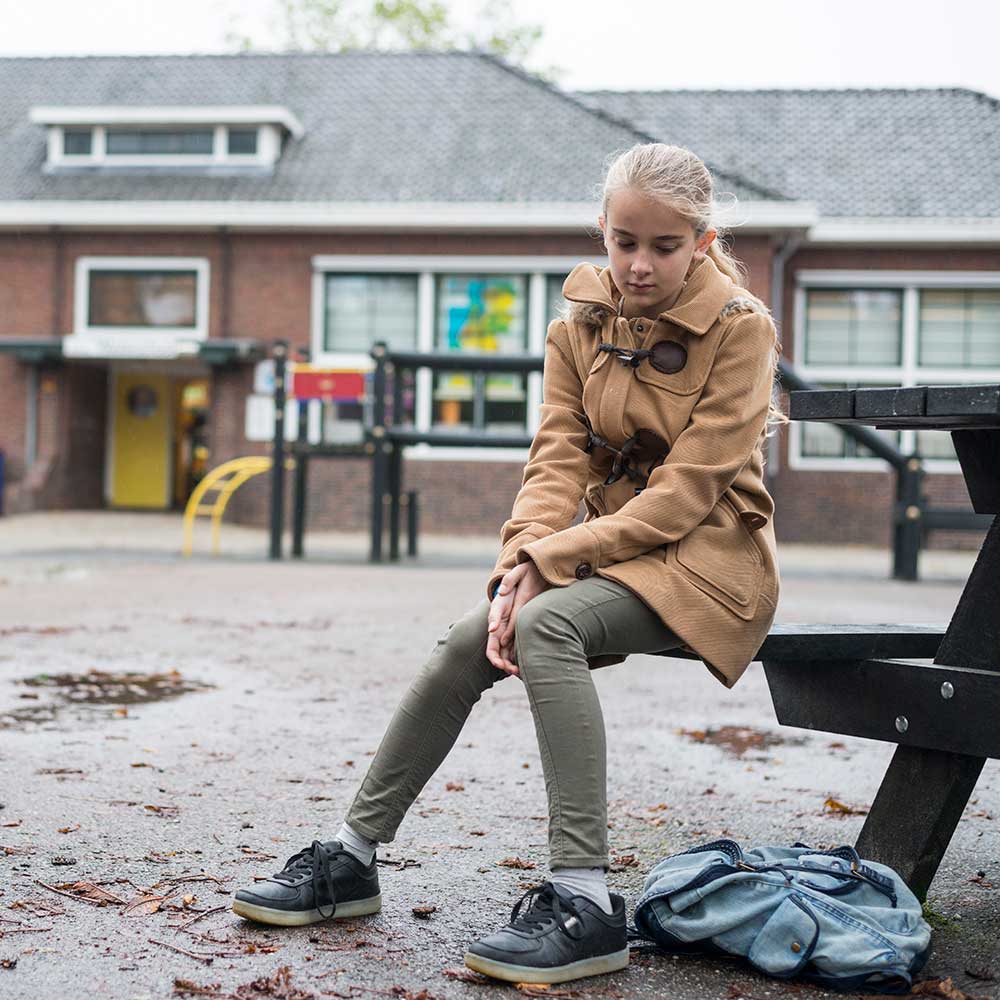Every student in every school in Australia has experienced unprecedented disruptions to their schooling over the past three years. On top of the disruptions and stress of COVID-19 lockdowns, isolation from their schools, their friends and (for many) their extended families, tens of thousands of Australian families have also seen their communities ravaged by fires and floods.
Kids have had to spend lunchtimes indoors to avoid the smoky haze and ash falling on their playgrounds. They have been rescued from their rooftops by boat and helicopters. Lives have been lost and communities devastated.
Our research on post-crisis schooling and the impacts of COVID-19 found the disruptions to schooling had significant impacts on the well-being of teachers and students, whereas academically the kids were OK.
And yet schools and teachers are still under pressure to make sure students don’t “fall behind” academically. This concern has often overshadowed trickier questions like “how are they coping?” In Australia, we have just one professionally trained school counsellor for every 750 students.
What did the research find?
Reading results of year 3 and 4 students in 2020 were not significantly different from students who did the same tests in 2019. The picture was more complex in mathematics – some students achieved more and some slightly less than their 2019 peers. Overall, though, students have continued to progress at the same rate.
However, teachers’ morale and feelings of self-efficacy dropped substantially in 2020.
And disruptions to schooling and home lives have had a massive impact on the well-being and mental health of students. Mental health support services, such as Kids Helpline, reported increases in calls of up to 28% in Victoria while they endured repeated lockdowns.
Teachers from all levels of schooling reported seeing decreased engagement and increases in poor behaviour and student anxiety. One teacher told us:
"And even the engagement, their concentration levels really, really dropped off a lot. […] they can’t sit still for more than a minute and, like I said, normally before COVID they were fine. They were able to participate in class discussions. And all of a sudden now, engagement […] they can’t sit still anymore. They’ve always got to be up. Focus and concentration floats in and out […] routine is gone, it’s not there anymore."
Related Articles

Giving men a common antidepressant could help tackle domestic violence: world-first study
In April 2024, Prime Minister Anthony Albanese declared domestic and family violence a “national crisis” calling for proactive responses that “focus on the perpetrators and focus on prevention”.The issue hasn’t really improved since then.
Read more

What is gingivitis? How do I know if I have it?
Do your gums look red and often bleed when you brush them, but they’re not painful? If so, you could have the gum disease gingivitis.
Read more

Not all processed foods are bad for you. Here’s what you can tell from reading the label
If you follow wellness content on social media or in the news, you’ve probably heard that processed food is not just unhealthy, but can cause serious harm.
Read more

Kids need to floss too, even their baby teeth. But how do you actually get them to do it?
A survey from the Australian Dental Association out this week shows about three in four children never floss their teeth, or have adults do it for them.
Read more

‘Perfect bodies and perfect lives’: how selfie-editing tools are distorting how young people see themselves
Like many of her peers, Abigail (21) takes a lot of selfies, tweaks them with purpose-made apps, and posts them on social media. But, she says, the selfie-editing apps do more than they were designed for.
Read more

Pathway to purpose
From limited beginnings to limitless dreams - equity in education is giving Arthur Demetriou the chance to change the face of medicine.
Read more
How can we support communities under pressure?
Natural disasters like fires and floods can traumatise children, particularly when their communities have been hit repeatedly. While children often show resilience immediately following natural disasters like bushfires, studies show up to one in five students report moderate to severe symptoms of trauma six to 12 months after the event.
Kids across the country have lost their homes and their schools. Many students, particularly those in the flooded Northern Rivers region of New South Wales, are living in temporary accommodation and going to “pop-up classrooms”. Sometimes these are in a different town, adding up to two hours of travel time for students and families. That’s stressful and exhausting for kids and families suffering from trauma.
Following repeated national emergencies, children need opportunities to talk about their experiences. It helps them to respond, recover and build resilience.
As a key part of the community, schools are uniquely placed to support children and their families in times of crisis. Calls for mental health literacy programs in schools offer one part of the solution. However, this is a complex issue that requires both immediate and ongoing responses.

Invest more in support services
On average, there’s only one professionally trained school counsellor to deal with the needs of students for every two schools in Australia – and there are far fewer counsellors in regional areas. Students are waiting more than four weeks to see their school counsellor. Schools and communities are desperate for this urgent and critical support.
Most teachers and school staff have limited training in how to understand impacts of trauma on student learning and behaviour, and in effective teaching practices for students who have experienced trauma. Departments need to invest in ensuring all teachers have these skills to support our kids in the years to come. The immediate solution can’t rely on our already overworked teachers.
Access to professional support for the mental health and well-being of our children is paramount. The current funding of $62.4 million a year provided for school chaplains, who do not require specialist training in psychology, could be re-allocated to ensure adequate and appropriately trained support for all children, particularly those who have lived through the most recent crises. While school chaplains reported increases in student mental health issues, family conflicts and behavioural issues in 2021, they made less than 15% of referrals in schools to other supports.
Schools are pillars of their communities. In the current crisis in the Northern Rivers, principals and teachers have again responded with unparalleled community spirit. But they need more support.
Established crisis communication plans can help principals, teachers, students and their families stay connected and feel some sense of control over their own lives. A strategic approach to setting up public and mental health hubs within schools for the whole community is essential for building resilience and getting kids ready to learn.
This article is republished from The Conversation under a Creative Commons license. Read the original article.

